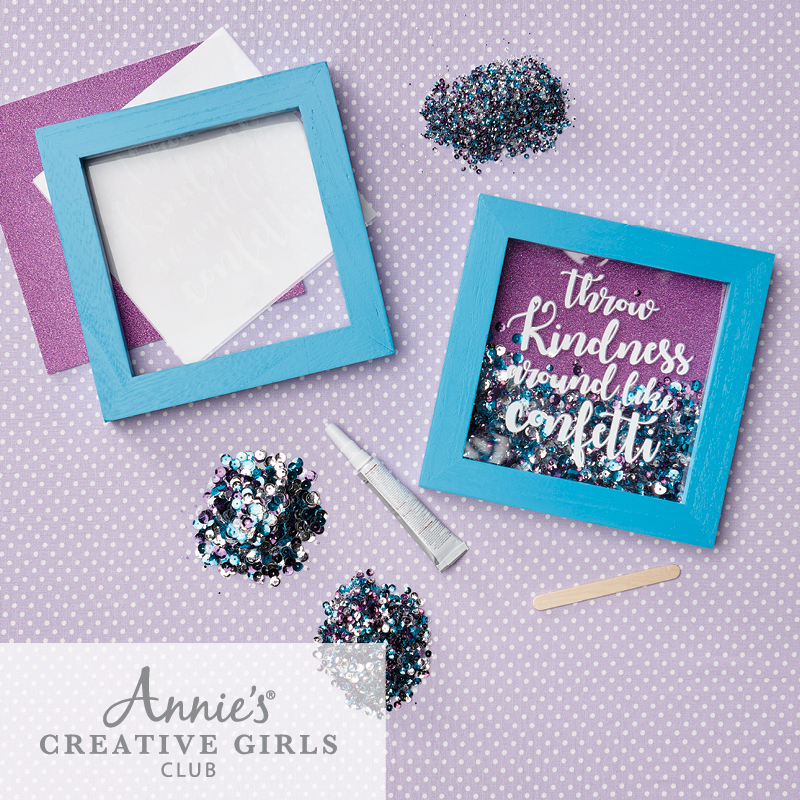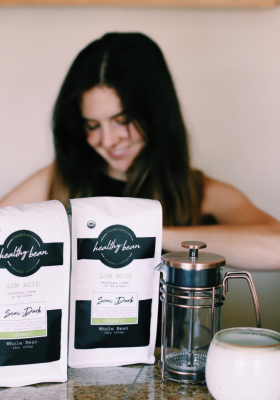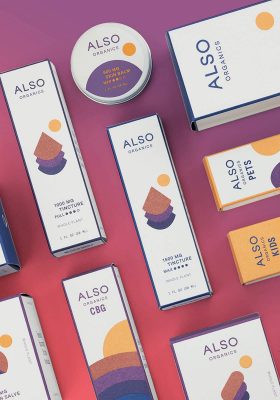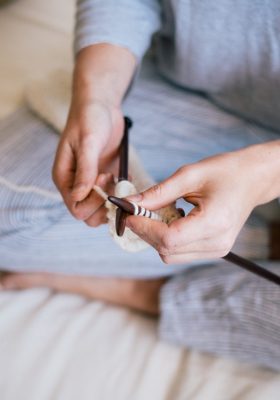Knitting can bring new joy and beauty to your world. At the very least, it gives you something to focus on with your mind and hands, and couldn’t we all use a little something new to focus on these days.
Thousands of Years of Sticks and Strings
The origins of knitting are mysterious and timeworn. The oldest physical evidence of knitting is Ancient Egyptian socks.
- The earliest knits recovered are from the 11th or 12th century.
- Far from crude experiments, these Egyptian artifacts are well made and intricately patterned. The designs still hold up, and you can find knitting patterns to emulate them.
- This would imply that knitting most likely predates the physical evidence, with earlier attempts being more simple and less precise.
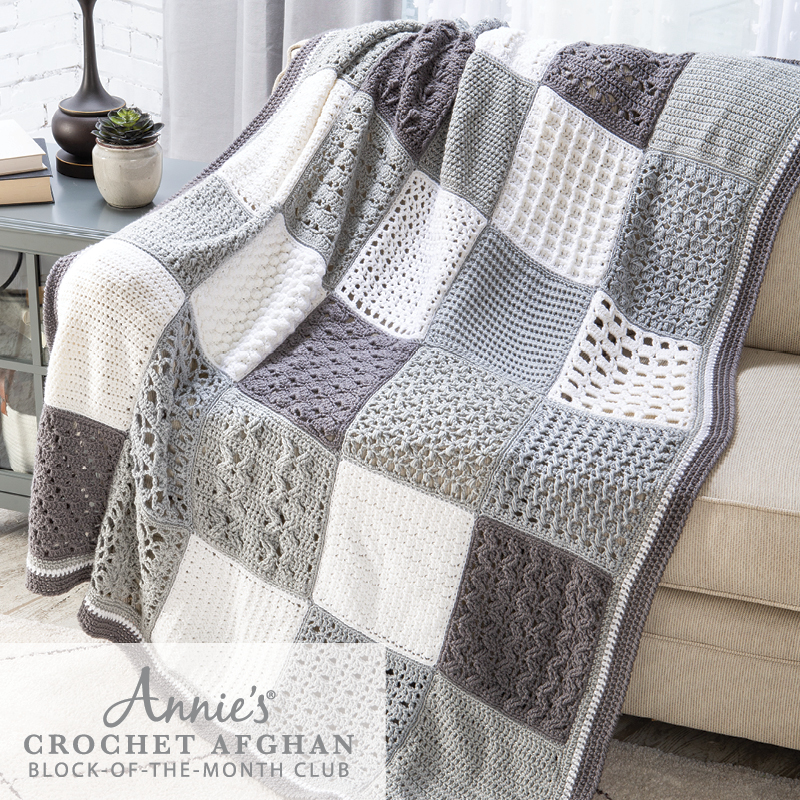
There’s another obstacle to unraveling the mystery of knitting: the separate but similar nalbinding technique of yore. This precursor to both crochet and knitting uses a single needle (wide and flat with a large eye) and a distinct stitching pattern. It can be difficult to distinguish from a usual knot or crochet, further muddying the waters of when modern needlework emerged.
- Physical evidence dates nalbinding as at least 8000 years old.
- The oldest known textile made with a simple nalbinding technique was unearthed in Nehal Hemar cave in Israel, and fragments found in Denmark are around 6000 years old.
- Newer nalbinding clothing was discovered in Egypt and Peru and is thought to be 1500 to 2000 years old. Scandinavians used the technique 1000 years ago during the Viking Age.
Actual knitting followed a similar trajectory, moving from the Middle East to Europe via the Mediterranean and directly to the Americas. By the 14th century, the prevalence of knit goods was firmly established, and by the late 16th century, the first mechanical knitting machine was born.
Consider how you can tap into this rich history whenever you knit. We’ve already noted some Egyptian sock patterns, but it doesn’t stop there. Fair Isle sweaters hail from the Scottish knitting tradition while Nordic and Norwegian sweaters make up their own traditional niche.
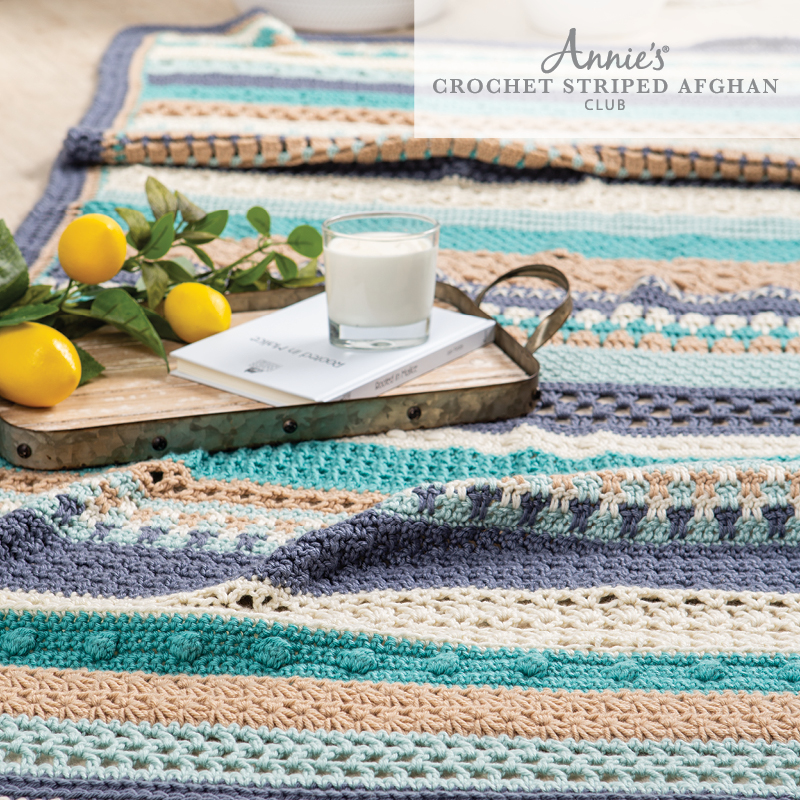
Knitting for the Modern Era
Historically, knitting has been a mixture of utilitarian work and cultural legacy. Throughout that history, everyone had to knit at some point. Yet we often think of knitting as a pastime for older people and women. This is most likely because it is older people who pass down the traditions and women because of the 18th/19th/20th century social pretenses).
Today’s knitting ideas may seem contemporary, but it is actually following a cultural legacy as well. Talk about tight-knit.
- Hand knitting as a craft or hobby versus an obligation has led to a revival, although this idea isn’t entirely new.
- Men reclaiming their place among knitters is also a welcome return to form.
- A new generation of knitters continues a tradition of activism — knitting for political and social causes, solidarity and resistance.
- Today’s knitting clubs are reminiscent of sewing circles of the past.
The most significant departure is that knitting and crocheting have become a new art. This is basically untrodden ground. They’re most similar to different string and thread arts — some of which utilize the same yarn — but taken to their logical conclusion.
- Knit and crochet pieces include draping indoor sculptures and gigantic outdoor installations, smaller personal knits, and crochet applications that seem like total non- sequiturs.
- Artists can incorporate knitting into projects without making it the sole point of the piece. That opens up a wealth of exciting multidisciplinary possibilities.
- Yarn bombing is a street art (or graffiti, if you will) that sees public spaces and objects invaded or overtaken by yarn. It may be a statue wearing a sweater, a hydrant wearing a beanie, or a fence adorned with multiple little knit arts it can call its own.
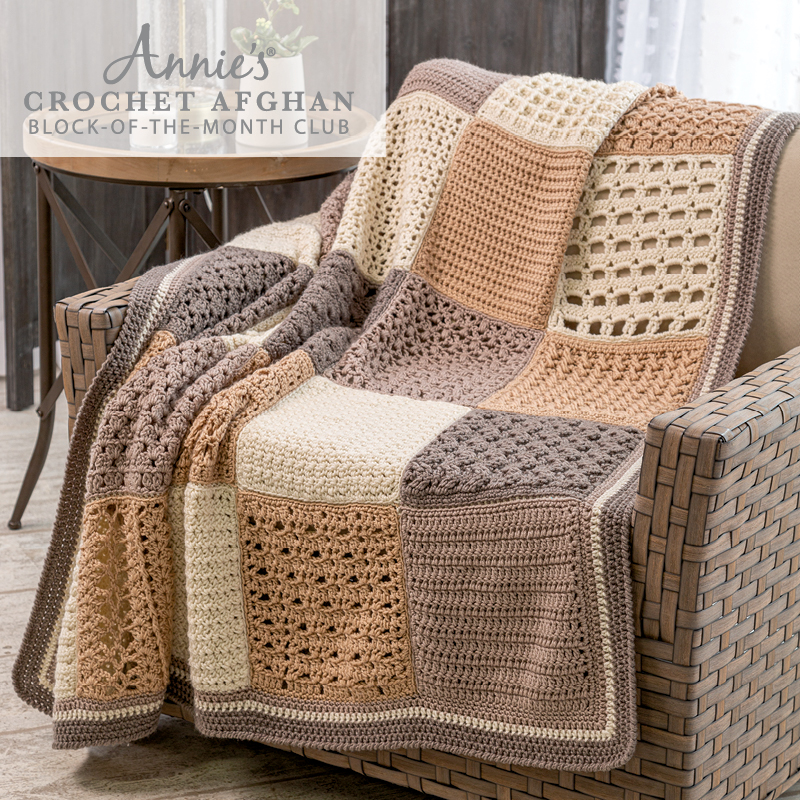
A Hobby for Comfort and Wellness
You may have seen an uptick in articles involving knitting lately. For all the same reasons, you have heard a lot about bread baking and birdwatching. But knitting has been a solace for personal grief long before the whole world was thrown into chaos.
Gentle, rhythmic motions. The soft, ambient clacking of needles (sorry crocheters). The routine simplicity of a stockinette stitch or the concentrated challenge of following a new pattern.
To make a gift, to pass the hours, to create something beautiful. Or to work and work and create nothing at all. Accepting that it is alright to create something imperfect, learning to be patient and try again, and simply sharing joy.
Knitting can fill an empty space with softness. Knitting can be the thread of focus that leads you out of loss.
Needlework isn’t for everyone, of course. But it’s often more accessible than other busy-hands hobbies like woodworking, playing an instrument, or other arts and crafts.
It’s the perfect venue to apply mindfulness practices, being continually in the present moment without judgment, without pushing away or latching onto thoughts. It’s calm and quiet, and you can pack it up and bring it with you.
Evidence-based research backs up the notion that knitting is literally good for you, helping you to:
- Relieve stress, soothe anxiety, and combat symptoms of depression
- Slow the heart rate and lower blood pressure
- Alleviate feelings of chronic pain and improve dexterity in the hands — even in the presence of arthritis if practiced regularly
- Diminish cognitive decline with age
- Promote feelings of productivity, usefulness, and belonging
Takeaway
For all its virtues and apparent simplicity, knitting (and crocheting) can be complex as well. It involves categories and weights of yarn, the correct size of your hook or needles, and reading a knitting chart or pattern. You might need to take a Rosetta Stone with you.
But learning how to knit or crochet isn’t too difficult. It’s everything after that’s a little harder. Luckily, if you’re longing for your own yarn starter now, there are plenty of options — even in a hunkered down post-Covid world.
Like all good things, you can get any type of yarn subscription box through the mail.
- With Annie’s Hook & Needle Kit Club, you’ll get a full mini-project every month, with instructions for both knitting and crocheting.
- Other essentials like hooks and needles are available through the shop.
- For a long-term project, you could try the afghan blanket kits, available to knit or crochet over the course of a year.
Local yarn-and-coffee shops, or knitting coffee shops, offer classes and host gatherings without fail. While some don’t have the means to take it online, many still host virtual events where you can learn, share, and knit with the community. There are plenty of visualized, written, and video resources on the web if you simply want instruction.
And finally, there’s the oldest trick in the book: just knit while on a video call, nodding along to your friends or family, just like grandma in the living room rocking chair. It’ll bring you one little step closer to feeling together.
